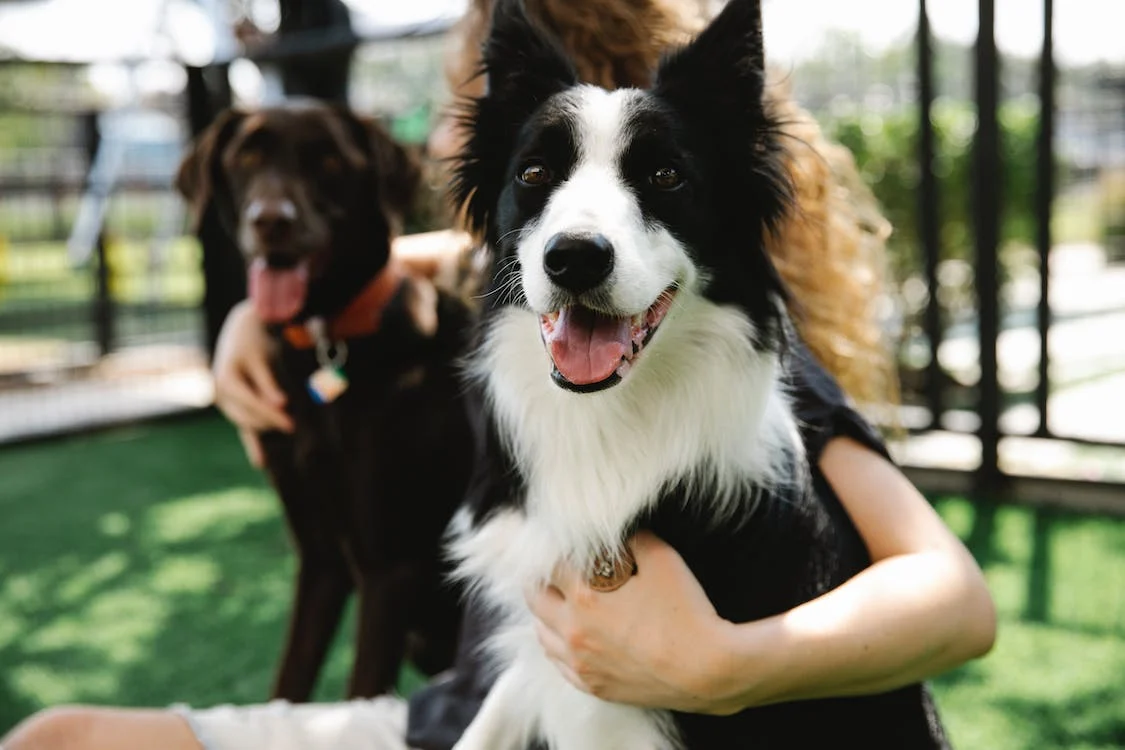The first week you and your new puppy spend together will undoubtedly be exciting, but it will also be unsettling.
Moving to a new house with a new family can be stressful for dogs, and it can also be stressful for you. You may make the transition simpler for both of you by planning ahead of time.
Here are some things you should do before bringing your new dog home, as well as some first steps you should take as they join your family.
Have A Family Meeting
A puppy is a significant commitment, so be sure you’re all on board with wanting this new member of the family before you make the leap.
Then decide who will be the primary caregiver; otherwise, you’ll be arguing while your new dog stares at an empty food bowl.
- World’s Most Obedient Dog Breeds
- World’s Least Obedient Dog Breeds
- Top 10 High-Jumping Hounds
- Meet the Fastest Dog Breeds in the World
- The 5 Different Types of Pit Bull Dog Breeds
To avoid confusing the puppy, establish house rules ahead of time. Will the dog be permitted to sleep on the bed? On the sofa? Where is the dog going to sleep?
Are there any rooms in the house that are permanently off-limits? Include your family in the decision-making process so that everyone is on the same page.
Stock Up On Supplies
Purchase some of the necessities ahead of time so that you and your dog can settle in without making too many dashes to the store.
To get started, you’ll need the following:
- Food and water bowls in crates
- Food and possibly some treats for training – consult with your veterinarian about a suitable diet.
- Bed with collar and leash
- Toys, particularly chew toys
- Cleaners that remove stains and odors
- Perhaps some baby or dog gates to separate areas of your home.
Prepare Your Home
If you get a puppy, you’ll have to put in a little more effort because they may be champion chewers and have a habit of getting into things they shouldn’t. But, regardless of your dog’s age, you’ll want to plan ahead of time.
Make a temporary, gated-off living room for your dog or puppy where they won’t be able to destroy your stuff or consume something that will make them sick. They will remain in this area whenever you are not around to prevent house training incidents.
- World’s Most Obedient Dog Breeds
- World’s Least Obedient Dog Breeds
- Top 10 High-Jumping Hounds
- Meet the Fastest Dog Breeds in the World
- The 5 Different Types of Pit Bull Dog Breeds
Choose a room that is a hub of activity in your home so your dog doesn’t feel secluded, and make sure it has easy-to-clean floors. The kitchen is frequently a nice alternative; if necessary, you may seal it off with baby gates. Remove anything that you do not want nibbled on or dirty.
What’s in your dog’s area will differ based on their age and how you’re housebreaking them.
Puppy-proof to keep everything that could harm your puppy out of reach (medicines, poisons, some plants).
Arrange For Home Care
Ideally, you can take a few days to a week off work to settle in your new dog or puppy and begin house training. It will also help you two bond, which will make training easier.
Even if you are able to take some time off, you will need a backup team in place immediately. Look around your neighborhood for dog walkers, pet sitters, or doggie daycare. Rely on word-of-mouth referrals from friends and relatives.
You can also consult our guide to choose which service is ideal for you and your dog: Which Is Better: Doggy Daycare vs. Dog Walker vs. Pet Sitter?
Find A Good Trainer Or Class
Group obedience sessions are excellent for connecting with your new dog as well as learning how to communicate and train them.
These sessions are highly suggested for young puppies because they allow them to become comfortable around other dogs and people, which is an important aspect of growing a safe, friendly dog.
Dog training is unregulated, and anyone can call themselves a dog trainer, so do some research to ensure you’ve selected the correct class and teacher.
Plan The Trip Home
Find a companion to accompany you when you go to pick up your dog. Young puppies who have never been in a car before may become agitated. Even mature dogs can get anxious, and a terrifying car ride can lead to a lifelong fear of driving.
Request that someone sit next to your dog on the journey home, comforting them and preventing them from jumping onto your lap while you’re driving.
If your dog is used to being crated, you can put them in it for the travel home. Just make sure it’s secure; sliding around the backseat will add to the stress of the journey.


All great ideas. I just got a new puppy 2 weeks ago. I am 80 years old and retired. I have done nothing else but take care of my new puppy since I got her. We are walking on a leash, come when called, retrieve toys so I can throw them again and pottie training. So far, in 2 weeks, we have had only 2 accidents in the house and she is out loose most of the time. Of course, she never leaves my sight. Getting and training a new puppy is a commitment that pays off in the long run.